There are numerous opportunities every day for teaching children Math. Being concrete learners, with little experience of the world around them, children are naturally curious about their environment because it is all new to them. Here are some suggested activities parents can do outdoors to teach their little ones about Maths.
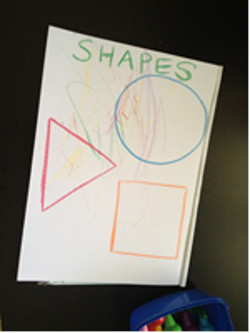 Spot that shape: (4-5 years old)
Spot that shape: (4-5 years old)
Remember that long, boring car ride, with your little ones behind you bombarding you with “Are we there yet?” questions at every second? No more with this game, that can be played between you and your child, or amongst your children.
- Pick a common shape. It can be a triangle, circle, rectangle or square, depending on what frequently appears along the way outside.
- Have children spot that shape. Say you picked the triangle. You must note its color and point it out to the rest to win a point. “There’s a yellow sign in the shape of a triangle over there.”
- The one who spots the most of that particular shape wins. Once you are done with that shape, you can move on to other shapes.
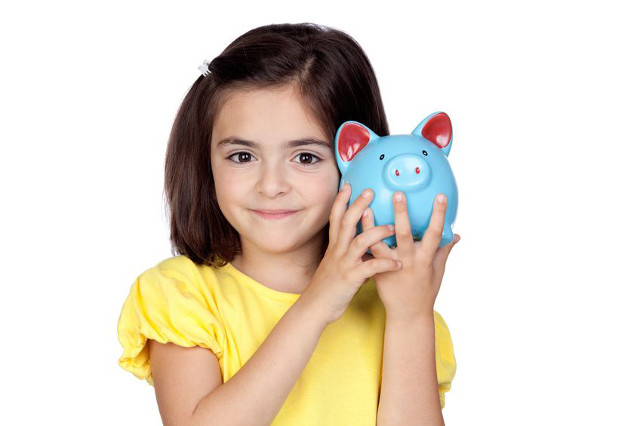
Money Lessons: (5-6 years old)
I recall watching intently as my mother paid for an item, and then held out her hand to receive the change, if there was any. I did not know what change meant then. All I knew was that you were supposed to receive some coins back after every payment made. So sometimes I would hold out my hand after my mother had paid, expecting to receive change, when there was none. At a young age, money appears a daunting subject to bring up to young children, with the complications of dollar notes and coins, and how different combinations of coins add up to a single dollar. But simple Math can be taught to children, as they witness every transaction their parents make.
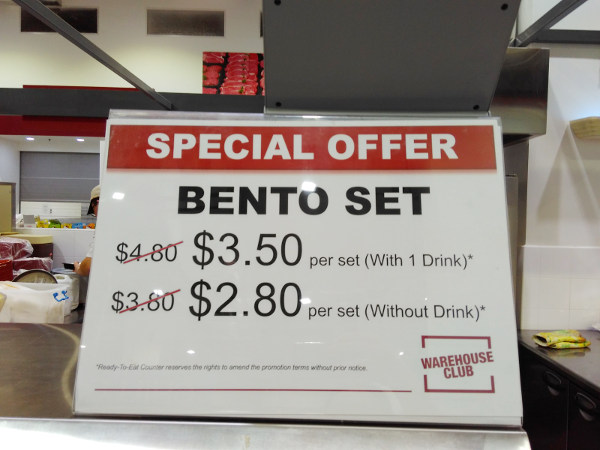
- Point price tags out to children. This is important knowledge, and while children do not have to know how to mentally calculate immediately, this can contribute to their sense of money.
- While waiting in line, show your child the money you intend to use to pay for the items. Hold out each note and coin to them and explain their value to your child.
- Let children see the total price rise on the cash register as objects are being scanned.
- Have them estimate, if they can, how much money you will receive in return.
Remember, it is more about exposing young children to the concept of money rather than obtaining the right mental calculations from them. Do not be too quick to focus or harp on correct answers, or you might unintentionally discourage your child’s interest in the subject of money.
How many are there? (3-6 years old)
You can introduce your child to counting random objects or subjects in the environment, depending on which takes their fancy. For example, “how many stairs are there leading up to my house?”
Written by Tabitha Lee
If you find this article useful, do click Like and Share at the bottom of the post, thank you.
Like what you see here? Get parenting tips and stories straight to your inbox! Join our mailing list here




































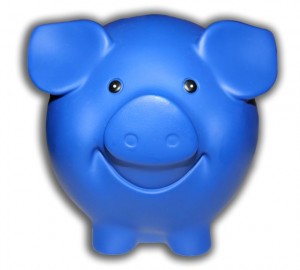
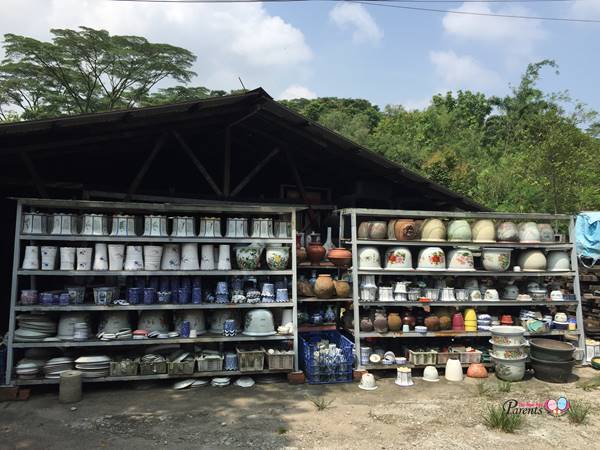

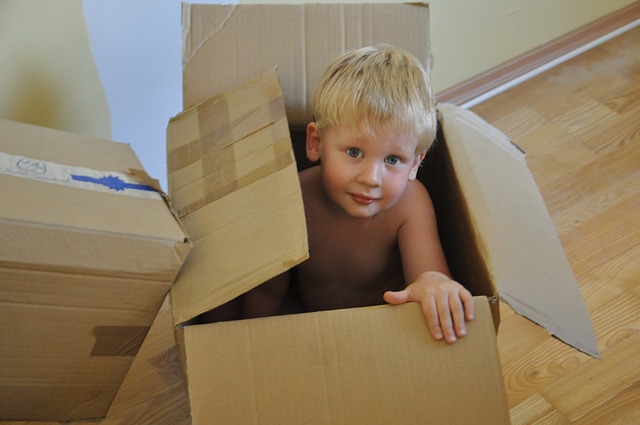
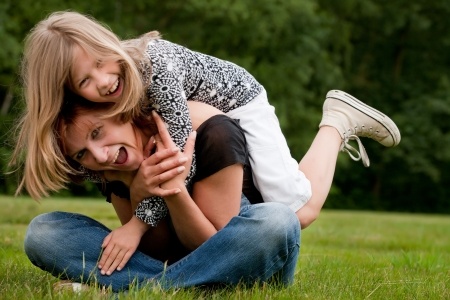
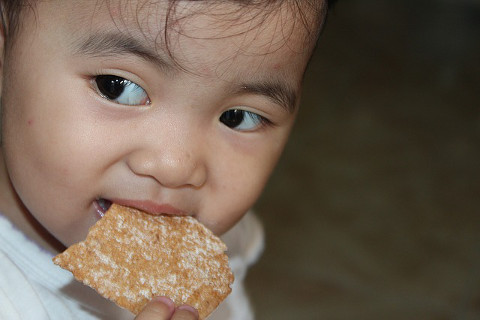

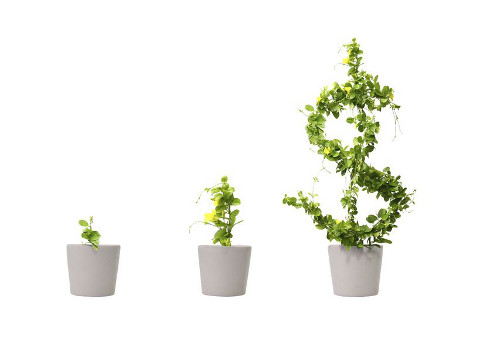
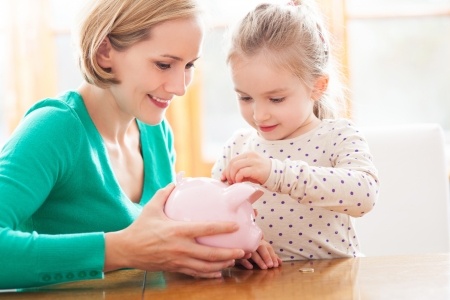
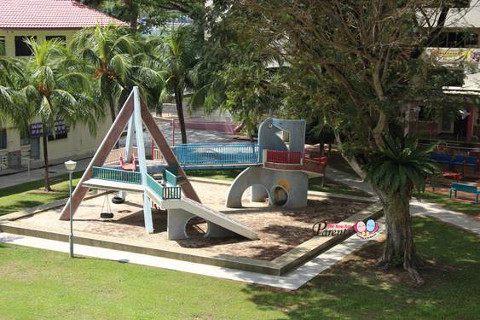
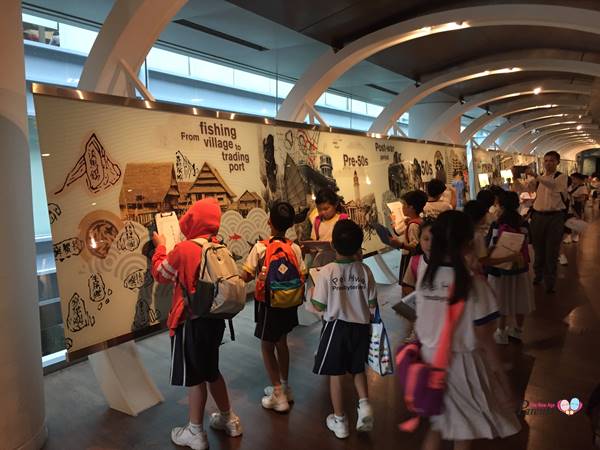










Leave a Comment: